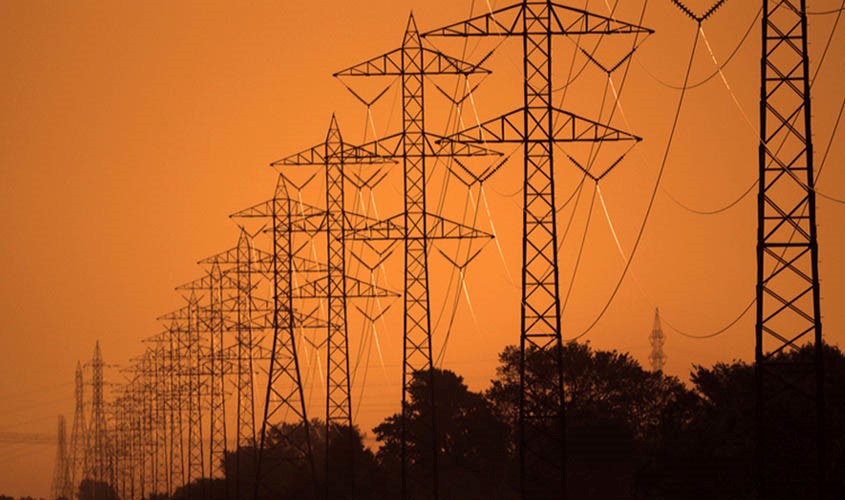Free Courses Sale ends Soon, Get It Now


Free Courses Sale ends Soon, Get It Now



Disclaimer: Copyright infringement not intended.
Context
Challenges in Ensuring Quality and Uptake
Disparities in Rural and Urban Electricity Supply
Issues with Debt-ridden Discoms and Transmission Losses
Preference for Decentralised Renewable Energy
Policy Recommendations for Sustainable Electricity Access
Conclusion:
Pradhan Mantri Sahaj Bijli Har Ghar Yojana (Saubhagya scheme) Specifications:
Launch Date:
Objective:
Target:
Implementation Approach:
Beneficiaries:
Implementation Process:
Expected Outcomes:
|
PRACTICE QUESTION Q. Examine the disparity in electricity access between rural and urban areas in India despite the Saubhagya scheme's claims of near-universal electrification. Discuss the challenges faced in ensuring quality electricity supply in rural regions and analyze the preference for decentralised renewable energy. Evaluate policy recommendations for sustainable electricity access in rural areas. |
© 2024 iasgyan. All right reserved